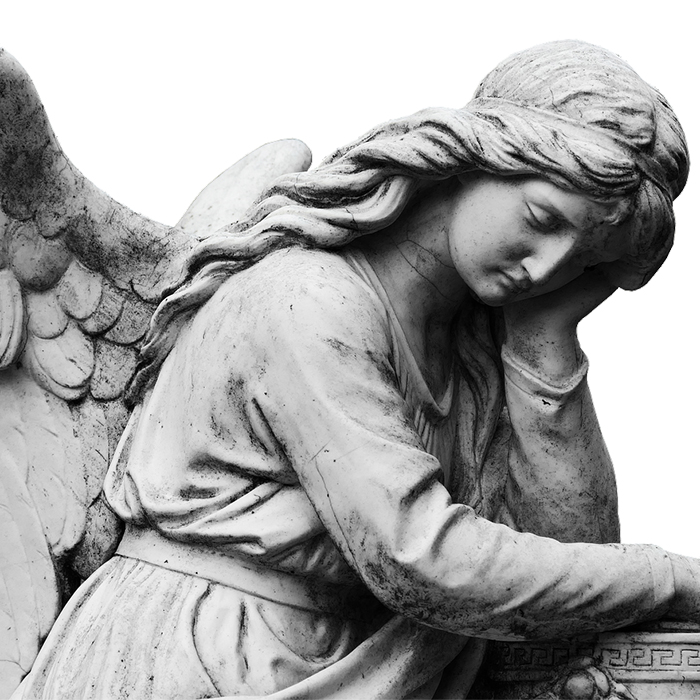Glamorizing Death In Fame
Written by Jenna Dreisenstock
An inevitable part of life; the end of it. The loss of someone’s presence, their tangible existence within this world – a feeling so heartbreaking it is felt on a universal level, unfortunately relatable to all. Loss presents itself in many ways; whether that be family members paying tribute to a loved one, the dissociative shock as an energy that once existed no longer does – this applies to many different relationships, whether it be the loss of a stranger or an acquaintance; someone you barely even knew. What of that when we lose those within the public eye, those who we look up to and admire yet have never had contact with?
Death stirs up not only grief; but fear too. Fear of the known yet unknown. I think perhaps the death of a creator sparks not only a sadness but that fear too; of someone so well known, despite never knowing the person in real life – no longer being tangible, even if they were intangible to us the whole time. Many musicians are held in respect with melancholia; the creations which may have shaped a generation or those which had the potential to – often these deaths are not a result of natural causes. The majority of the time the death will be tragically attributed to suicide or drug overdose. There are two issues to be raised; the first being why these are the leading causes of death amongst well-known musicians, which is pivotal in understanding the culture these artists find themselves in – however, considering this issue contains a lot of interwoven causes, it may be summarised perhaps as what may already be obvious; money, fame and peers. That’s essentially what it boils down to, yet horribly oversimplified.
The second issue to be raised is how we react to these deaths once the news breaks. The majority of the time the public is quick to respond – ‘thoughts and prayers’ – share the sensationalist article regarding the artist’s passing and the day shall be spent sharing hashtags and making RIP statuses in response. Which is, okay, I guess. I mean I suppose as fans there isn’t much else we can really do, is there? However the ways in which we respond may be more harmful than we intend; without realising, it’s possible with the sensationalisation of this media and how we consume or perpetuate it – that we could be normalising and desensitising suicide and drug overdoses by well-known public figures – even though it is already ‘normalised’ in popular culture. Which is strange, because outside of popular culture drug use and mental illness are highly stigmatised.
The normalisation of that ‘high-nightlife’ kind of partying; glamorous parties, people itching to spend time with you; who fawn over you – the type of self-destruction that can be imminent with those prone to extremely impulsive and dangerous behaviour – the pressure of stardom seems as though it is something we can do our best to understand due to the circumstances; yet are we continuing to glamorise this lifestyle as a society? It’s heartbreaking hearing of musicians who have barely even reached their mid 20’s dying of heroin overdoses; of suicide.
Audiences, we all, like to revel in our own melancholia without understanding the type of culture in which we contribute and ironically how much we continue to push those in the public eye over the edge; the romanticisation of self-destructive behaviour and the sensationalist response regarding the death of musicians (while the same type of behaviour is reprimanded outside of fame) – death as selling points for new marketing campaigns:
We are deeply saddened by the passing of this incredible, innovative figure and are holding a tribute to this outstanding artist who shaped a generation of music!
… tickets available at stores nationwide for only 80 pounds each and…freshly printed t-shirts at the merch stand during the event – 35 pounds each; get brand new merchandise 40% off if you buy…




Leave a Reply